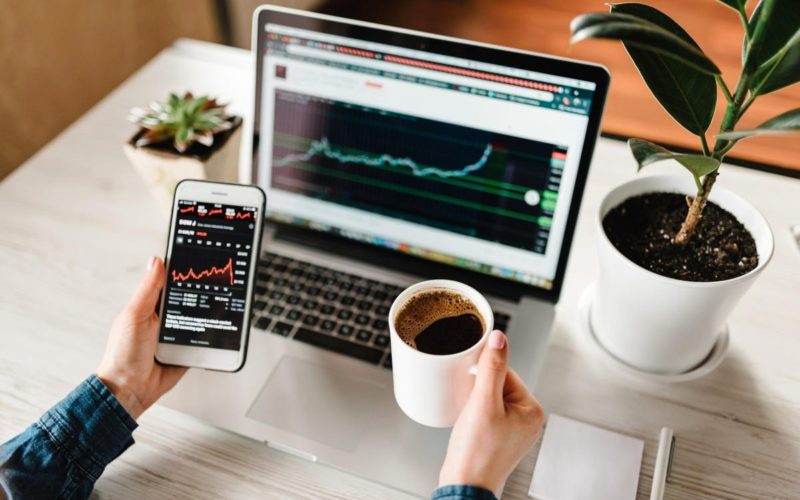As a newcomer in the financial world, it can be not easy to navigate your way around. The world of finance is filled with complexities and uncertainties that are sure to leave you intimidated. With many different pieces of advice flying about, how do you go about sorting truth from fiction? Here are five starter tips for new futures traders in Singapore looking to get started on their investment journey below.
Set yourself up properly before getting into trading
Before you begin trading, certain fundamentals need to be set up beforehand. For instance, who will handle your transactions? Are you going to trade on your own or through a family member or friend? Are you an active trader who trades daily, or are you more of a casual trader who makes trades sporadically?
Once these things have been decided, you will need to set up your account. It can be done at any broker in Singapore. Popular brokers include Saxo Markets, and RoboForex, though others are also available. Your trading account is where all of the financial dealings take place. You must be comfortable with the interface before you begin trading so that everything else flows smoothly.
Determine your risk appetite
Trading comes with inherent risks – anyone who tells you otherwise is lying to themselves. However, it isn’t the case that every trade has to end in disaster; essentially, it’s about knowing your weak points and placing limits on them.
For instance, if you’re the kind of investor who panics at the hint of a correction, then you should opt for more conservative investments. It means that your money is less likely to fluctuate wildly in value, but it will also yield smaller pay-outs. Alternatively, if you can withstand regular downturns in your portfolio’s value without breaking a sweat, riskier trades may be worth trying out.
Start with fundamental analysis
Many beginner traders tend to follow technical analysis – people who place their bets based solely on charts and numbers with no regard for the fundamentals behind what they are trading in. While this can be fruitful at higher levels where complex graphs are required to make sense of price movements, it’s not nearly as effective for those looking to make their first few trades.
At this stage, fundamentals such as news and market updates tend to be more influential than chart indicators. Also, keep an eye out for large-scale events that could affect the markets globally. It includes things like elections and financial reports from big companies.
Keep your eyes peeled for trading opportunities
Sometimes the best time to buy is when you don’t want to purchase, and the best time to sell is when you can’t bear to part with your holdings. As such, you must be watching the market closely every day of the week so that you know what’s happening even if you’re away from your computer or phone. Of course, you can’t always get a hand on your investments at all times. In these cases, you must have a secondary way of staying up to date with news and current market trends.
Only trade what you can afford to lose
It’s easy to fall into the trap of thinking that every piece of money makes a difference in the long run and setting yourself unrealistic goals when you’re starting. Remember: this is still gambling, albeit with more data and less guesswork involved; there is no guarantee that your bets will pay off despite how confident your prediction may be.
Therefore, before taking any action, you must calculate exactly how much money you are willing to part with for each trade – whether that’s $20 or $200. This way, you won’t incur any unnecessary losses and will stay afloat until the tides change for the better.

